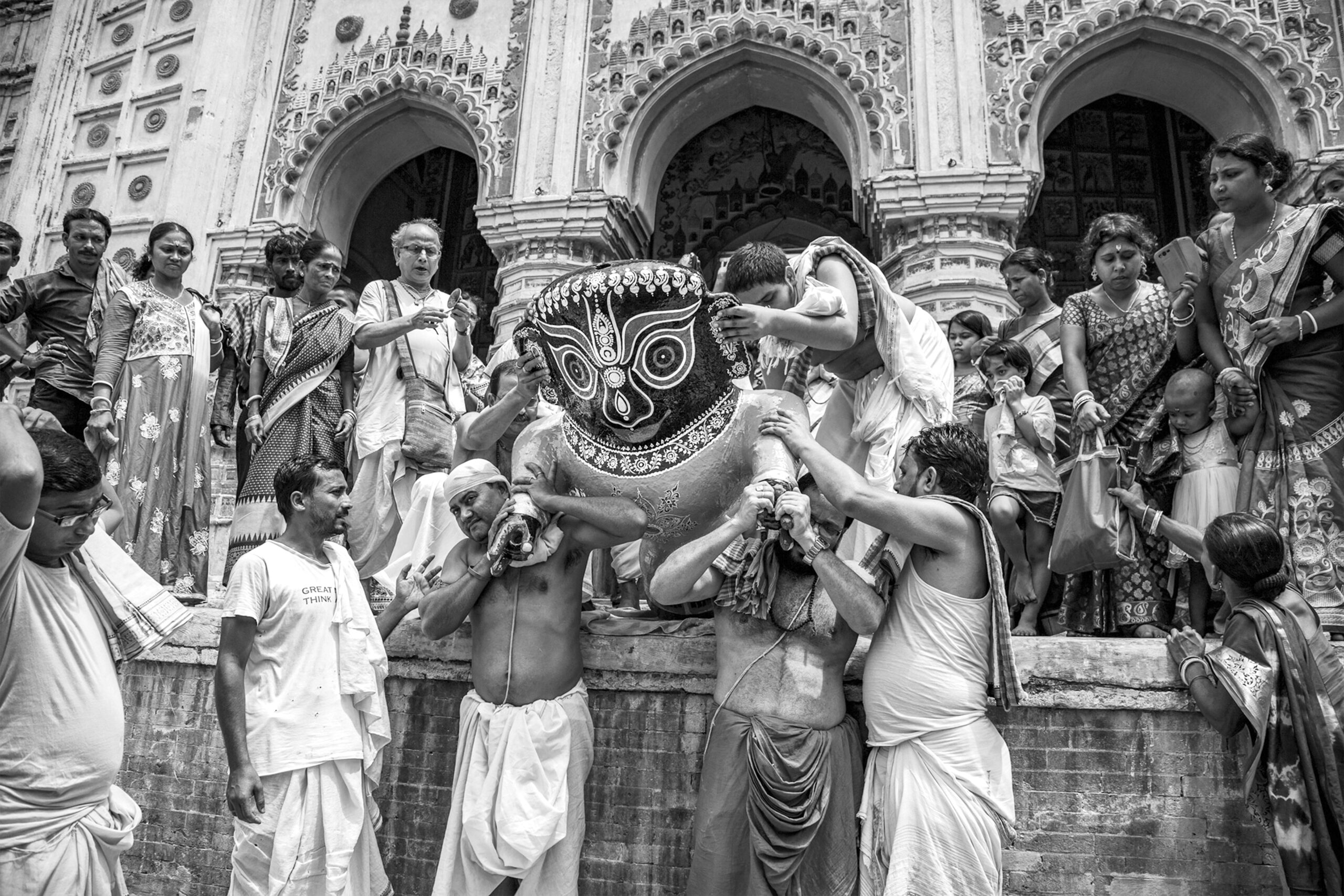The Red Hibiscus Trail organised by Gallery Ragini is a solo show of artworks by Sanjay Das. Curated by Ina Puri the artworks showcases the heritage, culture, rituals, festivals, architecture, art, and artisans of Bengal captured over a decade through a trail of the unexplored regions of the state. The show is on view 18 to 25 November at Bikaner House, Delhi.
This series captures Bengal through a trail of the explored and the unexplored over a period of a decade. The expanse of Sanjay’s travels through the region and the depth of his search for the culture and the people is reflected in this series of works. Curated by Ina Puri, the series of photographs on display create an image of Bengal that is familiar yet unexpected, breaking slightly from the norm and truly delving into the details of the interiors of the region.
Sanjay’s work is inspired by and brings to the fore the untold stories that India has to offer. He completed his qualification from College of Art, New Delhi. Photography developed as a passion in his early college days and this has spanned more than three decades. As a photographer Sanjay strives to keep alive the stories and unique elements of India, which may cease to exist in the years to come.
Curator Ina Puri says, “The trajectory of other illustrious photographers have followed a well-trodden path as they sought to project the rural landscape of Bengal invariably dreaming of the ‘kaash’ fields swaying in the autumn breeze as the pair of siblings raced across the dirt tracks to get their first view of the steam engine huffing its way towards and then past them to the next station. Satyajit Ray has loomed over the creative imagination of artists, photographers and filmmakers ever since he shot that forever revered iconic scene in Pather Panchali decades ago, and so many stalwarts following later were influenced to frame compositions that owed their visual inspiration to the legendary filmmaker.”
Sanjay Das, a ‘prabashi’ Bengali grew up in Delhi and speaks of his boyhood spent in the neighbourhood of Krishnanagar where the joint family lived in a three-storeyed house where one floor was entirely devoted to ‘puja’ rituals and worship.
In retrospect, the photographer acknowledges these cultural experiences as the defining moments that shaped his aesthetic awareness and an identity that was however ephemerally Bengali. In Raisina School where he went to do his 11th and 12th classes this sense of belonging grew stronger. By the time he enrolled at Delhi College of Art he was very sure that he knew which way he would go in his pursuit of art.
In the present series the photographer shares what the trail of his trajectory led to when he finally began crisscrossing Bengal often in his trusted vehicle by himself. On these journeys he would find himself in the interiors of villages documenting the lives of the ordinary craftsmen who lived in the area. The stories he had grown up on were now a part of his reality, he befriended the boatmen and accompanied them as they made their daily crossing across the wide expanse of the rivers listening to their tales and songs.




